Reading Time: 8 minutes
Trout are native to North America and Europe, with a wide variety of native species across various states and regions. By today, even non-native populations are present in many foreign ecosystems, making for an extremely varied fishery. For example, Brown Trout are native to Europe but have a heavy presence in the western US. They also live in South America and New Zealand where there are no native Trout species.
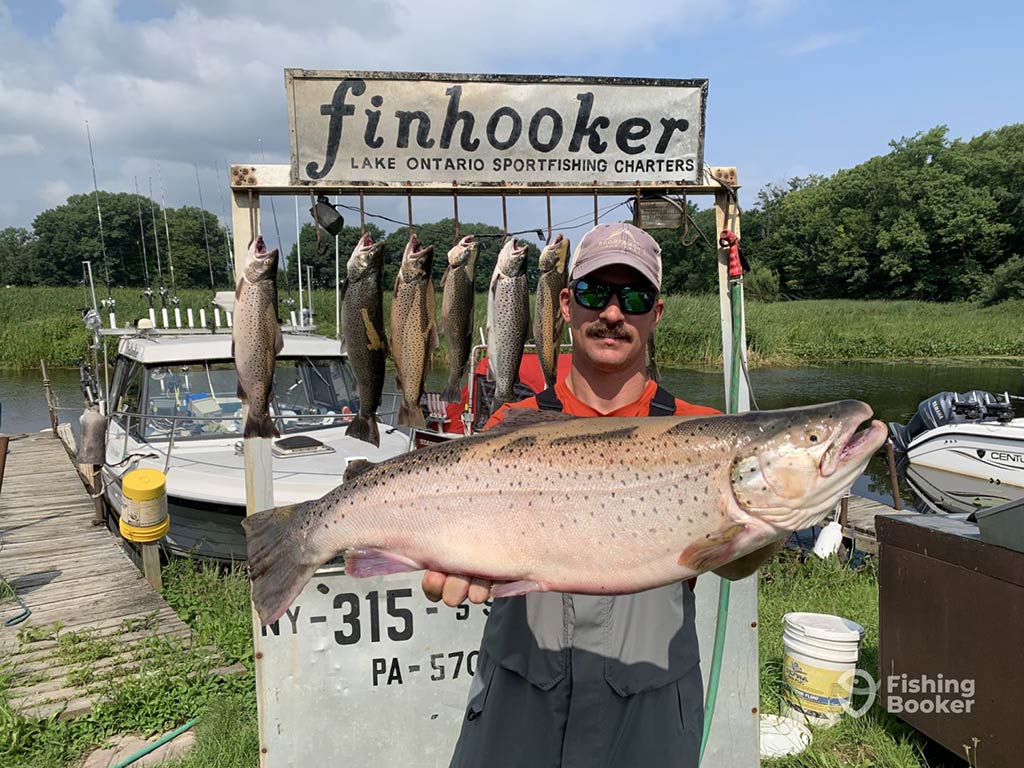
Photo courtesy of Finhooker Charters
As anglers, we love Trout fishing and every variety of Trout has some overlap in terms of behavior and the methods of catching them. The available food sources and environments are major behavioral drivers for Trout. Some things are always true in terms of fishing techniques but knowing the regional differences gives anglers a huge advantage.
No matter what Trout species you target, they’re fun, hard-fighting, and good-eating. Trout can be picky, though, so you’ll want to know how to land them. And that’s why I’m here today. I’ll let you in on all the tips of the trade so that you head out Trout fishing with an enhanced chance of landing a big one. Let’s dive in.
Types of Trout
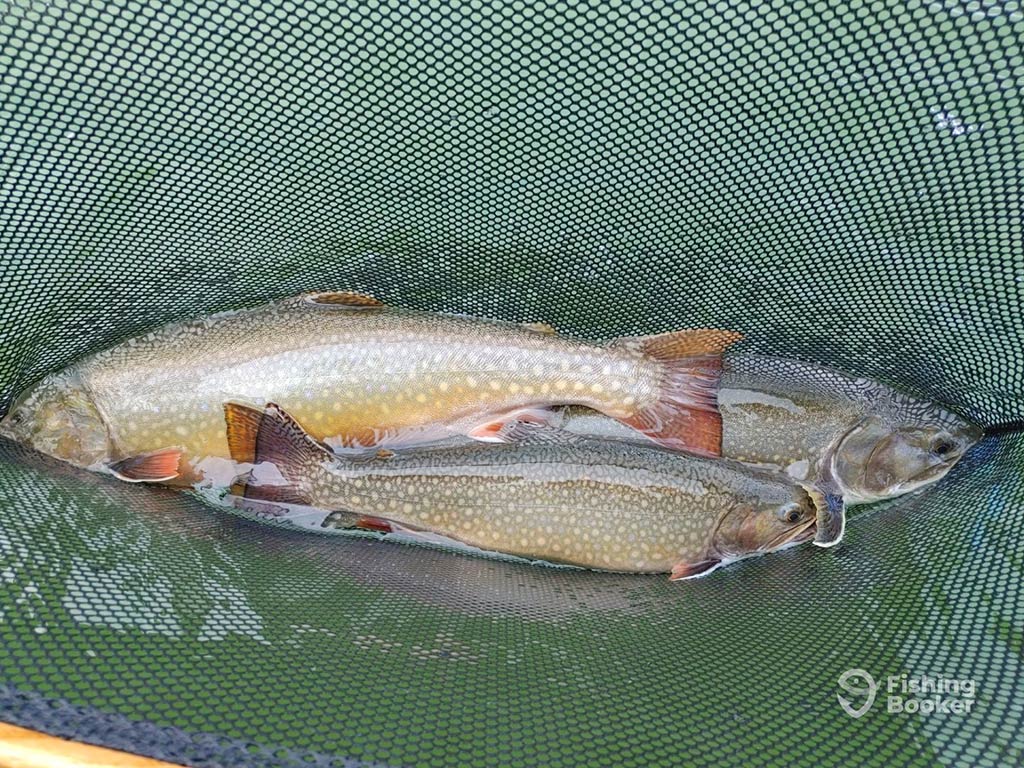
Photo courtesy of Hot Take Angling
There are a number of different Trout species, with multiple varieties within some of those categories. Even specific genetic strains like McCloud River Rainbows are a distinct type of Trout! Let’s take a closer look.
- Rainbow Trout. Native to the western United States, Pacific Ocean region, and Asia, Rainbow Trout are known for being hard fighters while also having the ability to grow to large sizes. They thrive across the globe with places like Patagonia and New Zealand being major destinations, along with their native Alaska and Russia.
- Cutthroat Trout. This is the North American Trout that once thrived across western states. They’re still prolific in many areas of the Rocky Mountains and other native ranges but competition from Rainbow, Brook, and Brown Trout has certainly taken a toll. There are numerous varieties of Cutthroat species like Yellowstone, Greenback, Westslope, and Pilot Peak.
- Brown Trout. Native to Ireland, Scotland, and other regions of Europe, the Brown Trout is an angler favorite. They can grow large, turn predatory, and even migrate between fresh and saltwater. They’re slightly more resilient and are capable of living in more turbid and slightly less oxygenated waters.
- Brook Trout. Native to the eastern US, Brook Trout are now prolific across the west as they adapt well to high mountain streams and lakes. They are the only Trout capable of reproducing without a stream inflow or outflow. This means they can successfully reproduce in isolated lake systems.
- Hybrids. With different Trout species overlapping in range, hybrids occur naturally in rivers and lakes. Some states also stock hybrids as game fish that are not capable of reproducing. Tiger Trout are a cross between Brown and Brook Trout, while Cutbows are a cross between Rainbow and Cutthroat Trout.
How to Catch Trout: Fishing Techniques
Trout are susceptible to many different fishing techniques. Lures, jigs, bait, and flies all catch Trout throughout the year. Fly fishing for Trout is especially popular around the world because the fish eat very specific insects that are resembled by different fly patterns. No matter how you fish, catching Trout is likely possible on the equipment you already own.
Casting Jigs and Lures
There’s a reaction or trigger that Trout have when it comes to lures. In some cases, they defend their territory and, in others, they strike as predators. However, lures are a surefire way to get the attention of any Trout species.
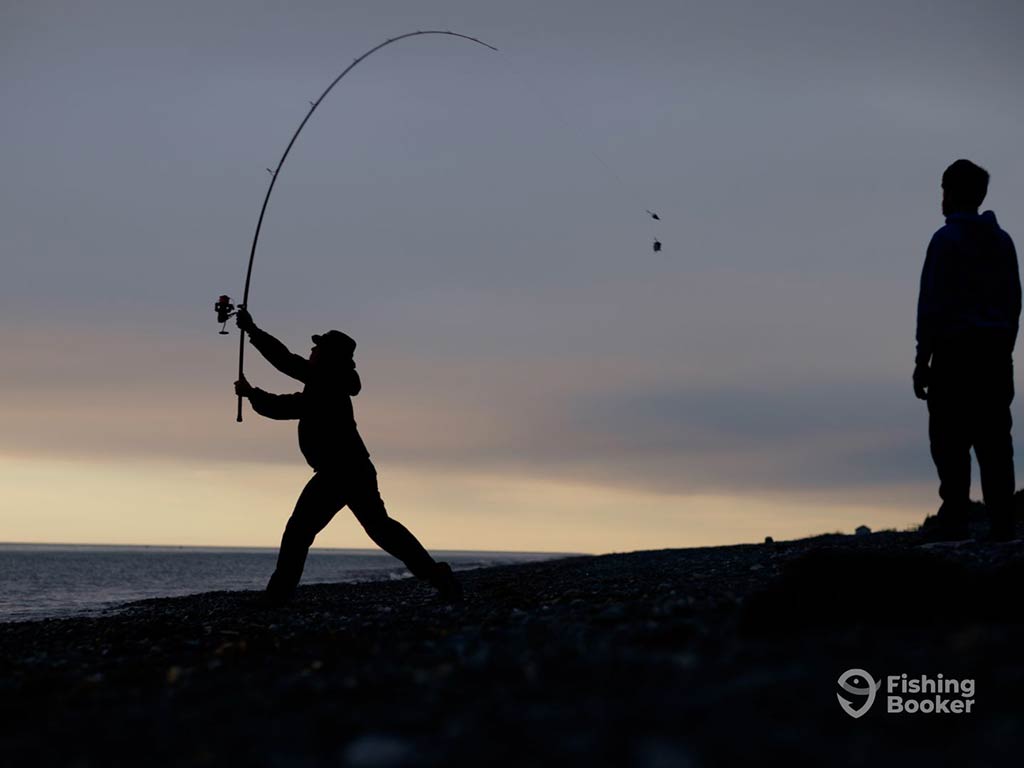
Photo courtesy of Halibut Beach Fishing
Spinners and crocodiles are two favorite options. Spinners with a little hair on the tail are really effective. Experiment with different sizes and colors to find the best-performing lure on any given day. Jigs are also reliable and they work in all conditions on both lakes and rivers.
Consider a jig when the water is cold and Trout are suspended in groups. You can find the right depth on a fish finder and place a bucktail or feather jig right in the zone. Casting and retrieving is very productive for Trout – and just about every species out there.
While big plugs, crankbaits, and other lures used on Bass, Pike, and other aggressive species are overkill for Trout, some big presentations can work. Spoons are notoriously deadly. Trolling with flashers and a trailer spoon or spinner also works great. It’s all about finding the right depth and the places where Trout like to live in rivers and lakes.
Trout Baits
Baits for Trout are simple, and a few different options will help you catch a limit. Nightcrawlers are a classic bait that you can thread directly to the hook. Even using half or smaller segments of a nightcrawler is effective.
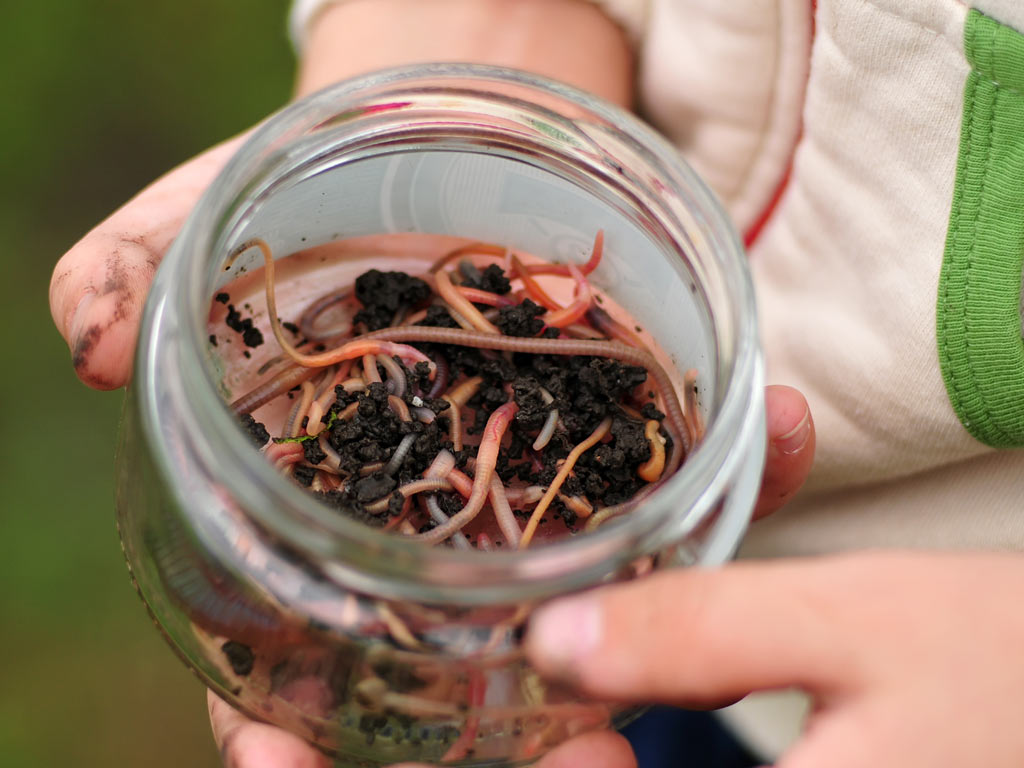
A PowerBait is another classic option with a ton of different colors and scents that are great. Stocked ponds are especially popular with PowerBaits but the fish can become weary when too much is present in a small area.
A favorite and often underutilized bait is crayfish. You can rig them whole or just fish the tails. Crayfish are available in most North American Trout fisheries and, while you aren’t likely to find any for sale at a bait shop, you can catch and rig them yourself.
One caveat to bait fishing is the regulations in many areas. Always check the legal methods of taking bait, as it isn’t always allowed. In some places, fishing is even restricted to catch and release with a single, barbless hook. Know where you stand and what is allowed.
Fly Fishing for Trout
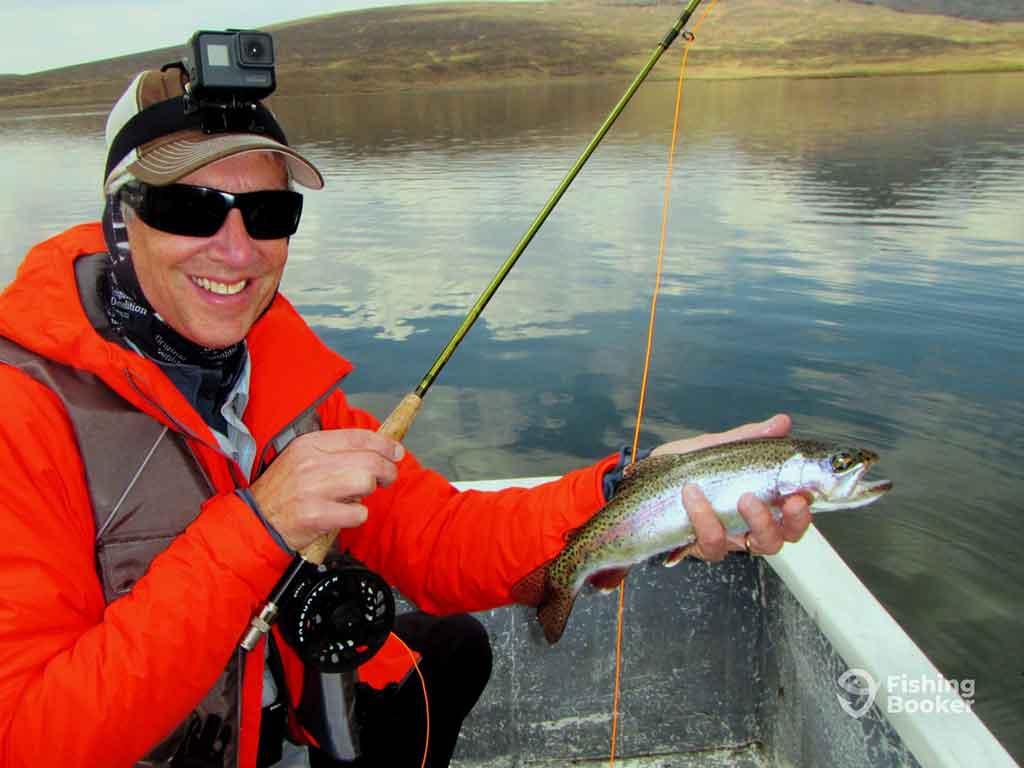
Photo courtesy of Peru Fly Fishing
Trout and fly fishing are a perfect fit because the fish eat selectively and flies can mimic very specific insects and foods. You’ll control the line to present the fly, which is often weightless and floating on the current. Flies are tied to represent insects in all lifecycle stages, but some can be weighted. Here are some common fly categories:
- Dry flies. These are your floating flies. They can imitate adult insects like mayflies, caddies, and stoneflies, as well as grasshoppers, cicadas, and even mice.
- Nymphs. The subsurface forms of insects like caddis, mayflies, and stoneflies all live beneath the surface and are readily available to Trout. Anglers tie nymphs to sink and drift below the surface where Trout are most often feeding.
- Streamers. These flies are unique and they have a lot in common with lures. Streamers resemble bait fish, sculpins, and crayfish, and you’ll retrieve them to create realistic movements that can draw a strike.
Trout Fishing Seasons
Most states – and countries – have specific fishing seasons for Trout, with seasonal closures to protect spawning activity and sensitive timeframes. Most species are also sensitive to temperature, so seasons play a big role in the fishing techniques you choose.
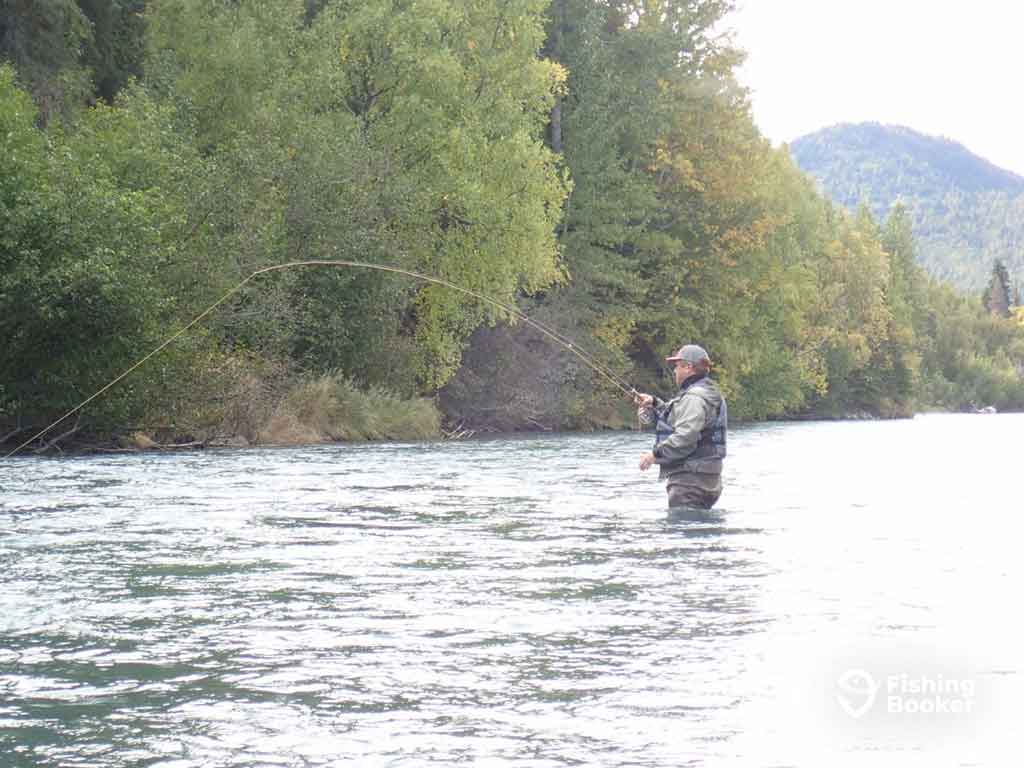
Photo courtesy of Five Dogs Fishing
During spring, the water temperatures are still cold but they are getting warmer. This is enough to trigger insect hatches, which, in turn, get the Trout moving. Ideal spring conditions are warmer days with slightly overcast cover. These events produce blue-wing olive hatches across the western US. It’s also a great time of year to fish streamers and lures, as bigger Trout are looking for a substantial meal.
As summer arrives, cold water rivers and lakes reach ideal temperatures. Optimal conditions are 58–62ºF but the fish can turn on at slightly lower or higher temperatures if food is available. Summer is the time of hatches, grasshoppers, cicadas, and all the insects that Trout love to eat. If the water gets too hot (near 70 degrees), the fishing will be more difficult and the mortality rates of fish will skyrocket.
Fall, however, is prime fishing season, as the water cools and Trout begin realizing that winter is on the way. Brown Trout spawn in fall and are particularly aggressive. You can catch some of the biggest Trout on both lures and flies at this time of the year. While the weather can turn nasty, there are often more nice days than not in this season.
When temperatures really drop, Trout slow down and fishing becomes more difficult. Winter is still a productive season in places where the water does not freeze completely. You can ice fish in some places as well! Rivers that spill from dams can offer consistent temperatures and excellent winter fishing when it’s not exceptionally cold outside. Watch the forecast closely and choose the warmer days to really enjoy your winter fishing.
Where to Go Trout Fishing
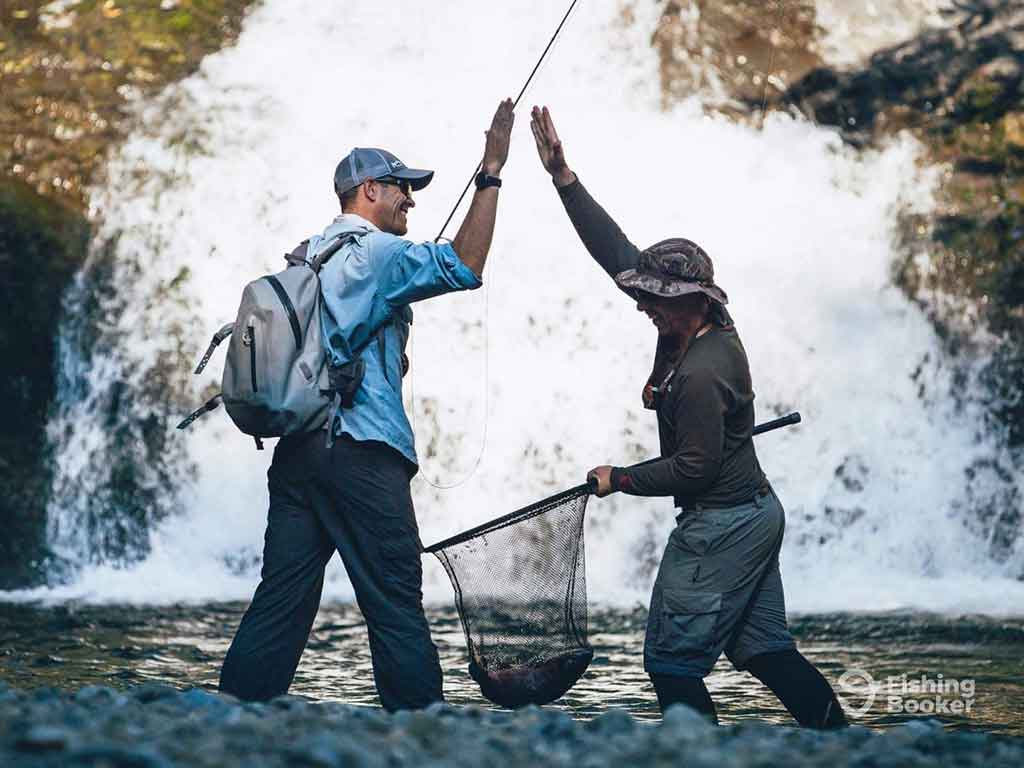
Photo courtesy of Rotorua Trout Guide
The wide distribution of Trout means you might have some close to home. They’re present everywhere from Missouri to Arizona and beyond. I’ve caught Trout throughout Central and South America – and they’re prolific in Europe, too – so you shouldn’t have a hard time finding stocked fish nearby at the very least. These are just a few of the big destinations where Trout are either native or thriving.
- Western US. Trout are native throughout the west of the US, and there are incredible opportunities in every western state. Idaho, Oregon, Montana, California, and Colorado are all excellent Trout fishing states with more water than you can fish in a lifetime. If you want a diversity of species, abundant opportunities, and native waters, the west is the absolute best.
- The rest of the US. Don’t overlook other destinations across the US! Head to the driftless area in Iowa, Minnesota, and Wisconsin for spring creek fishing. The Great Lakes region is also a Trout fishing paradise, while Maine has huge Brook Trout, and the east has excellent Trout streams. Start with the west and expand from there.
- Western Canada. British Columbia and Alberta have a mind-boggling number of rivers and lakes with incredible Trout fishing. There are native Cutthroat Trout, Bull Trout (actually a Char), Rainbow Trout, and Brown Trout, with Calgary’s Bow River offering a prime Brown Trout fishery running through the city. The Steelhead fishing is also probably the best in the world in the far west.
- New Zealand. It’s no secret that New Zealand is home to very large Brown and Rainbow Trout. There are gin-clear waters that require perfect presentations to catch very difficult and selective fish. Both the North and South Islands are bucket-list destinations for every Trout angler.
- Patagonia. The Andes Mountains in Chile and Argentina form the Patagonia region where Trout are everywhere. There are ocean-run Browns, big Rainbows, backcountry opportunities, and roadside rivers that are all loaded with fish.
Are you ready to test your Trout fishing skills?
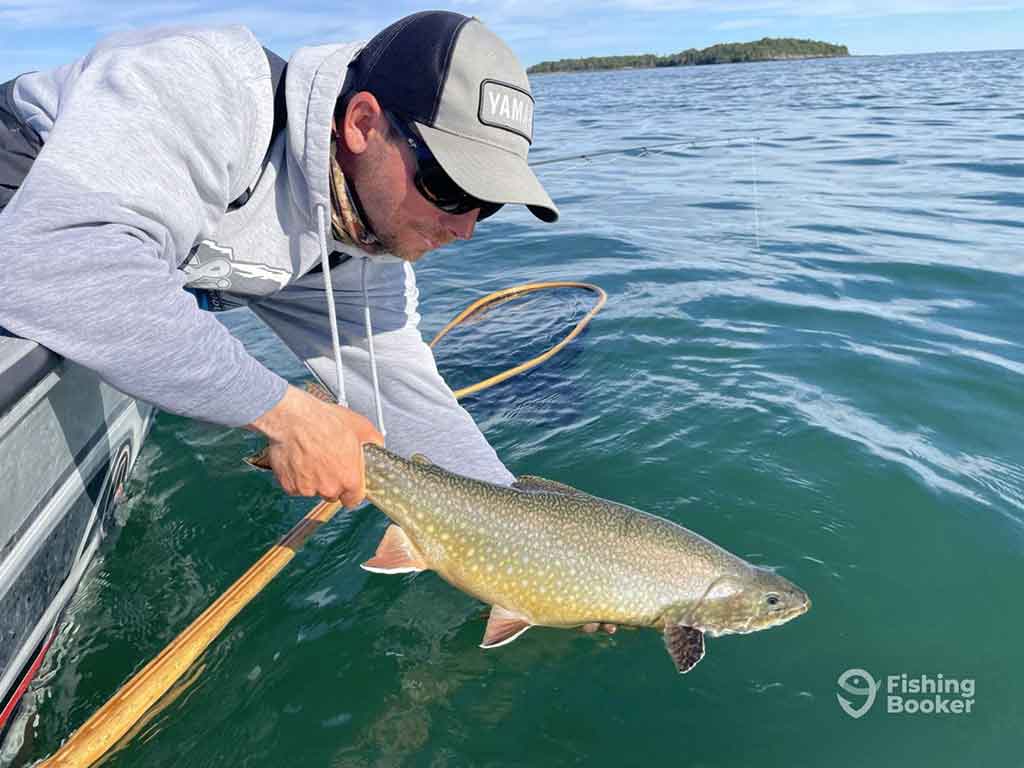
Photo courtesy of Hot Take Angling
If there’s one species – well, family of species – that’s loved by anglers everyone, it’s Trout. From locally stocked ponds to the wilds of eastern Russia, Trout fishing is something to romanticize over. Find your local populations, work on the different techniques I’ve covered above, and you’ll be catching Trout in no time! What are you waiting for?
Are you a Trout fishing fanatic? What do you love most about targeting this species? We’d love to hear from you in the comments below!
The post How to Fish for Trout: An Angler’s Guide appeared first on FishingBooker Blog.
https://fishingbooker.com/blog/how-to-fish-for-trout/
 CampingSurvivalistHuntingFishingExploringHikingPrivacy PolicyTerms And Conditions
CampingSurvivalistHuntingFishingExploringHikingPrivacy PolicyTerms And Conditions
